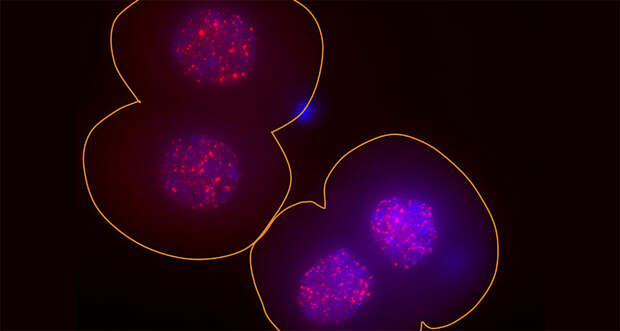Author: Tina Hesman Saey / Source: Science News

A once-maligned genetic parasite may actually be essential for survival.
Mouse embryos need that genetic freeloader — a type of jumping gene, or transposon, called LINE-1 — to continue developing past the two-cell stage, researchers report in the July 7 Cell.
Many scientists “charge that these are nasty, selfish genetic elements” that jump around the genome, making mutations and wreaking havoc, says study coauthor Miguel Ramalho-Santos, a developmental and stem cell biologist at the University of California, San Francisco. But the new research suggests that the jumping gene is more helpful to development than previously thought.
Transposons certainly can hop into and break genes, and cells deploy numerous tools to prevent the jumping genes from making RNA and protein copies of themselves. But, in early development, LINE-1 is turned on nearly full blast, packing RNA into embryonic cells as well as “germline” cells, which later give rise to eggs and sperm.
Having active transposons potentially hopping around such vital cells could be dangerous. “The phrase ‘playing with fire’ comes to mind,” Ramalho-Santos says. If anything, embryos and germline cells should be among the cells most heavily guarded against transposons.
To see what the jumping…
The post This ‘junk’ gene may be important in embryo development appeared first on FeedBox.